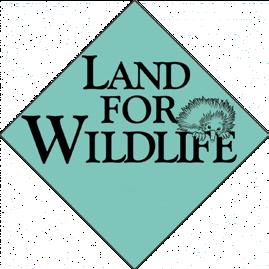
1 minute read
Wildlife Feeding
Encourage native animals into your backyard without feeding them by:
• planting native shrubs and trees to attract birds and butterflies - some good examples are bottlebrush, grevillea, and banksias
Advertisement
• installing a birdbath - you can provide a range of depths, but make sure to change the water regularly to prevent mosquitoes breeding
Land For Wildlife
Native animals that are fed can become dependent on artificial food sources and be more vulnerable to attack by predators when they feed. Native animals that are fed can also develop aggressive behaviours that may cause injury.

There is a delicate balance in nature. Feeding wildlife encourages unnaturally high breeding and numbers of animals that the natural environment cannot sustain. Similarly, fed wildlife can lose the ability to find and capture their own food and will reduce the animal's chances of survival if the artificial food source is removed. Keep wildlife wild - for their sake and ours, do not feed native animals.
WHAT CAN YOU DO TO ENCOURAGE WILDLIFE INTO YOUR YARD?
Encouraging birds to come to you and forage for their own native food allows you to observe some wonderful natural behaviours.
Land for Wildlife is a free, voluntary, and non-binding program that recognises the importance of habitat protection on private property and aims to encourage and support private landholders and community groups to preserve and restore as much habitat for wildlife as possible on their properties. Properties are assessed against specific criteria and receive access to officer support, incentives and grants.

IS YOUR PROPERTY ELIGIBLE FOR LAND FOR WILDLIFE?
Bush blocks, farms, schools, golf courses and commercial properties are all eligible to join Land for Wildlife. There must be a willingness to protect and improve all, or part, of your land for nature conservation. In addition to the size and vegetation criteria, other factors include connectivity (proximity to other bushland areas including other Land for Wildlife properties), presence of threatened species, habitat for threatened species, waterways, educational or broader community values. Head to Moreton Bay Regional Council website for more information










